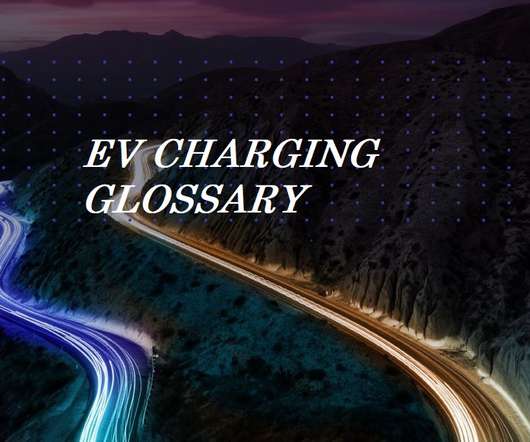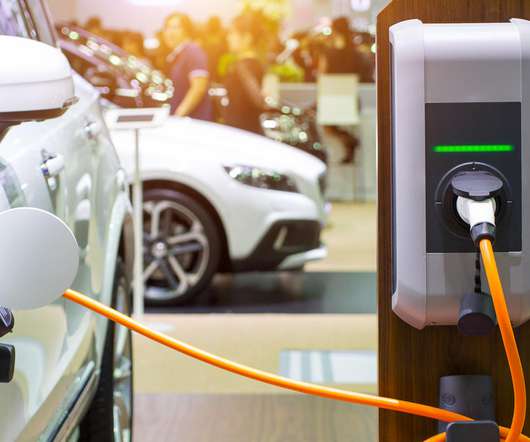Ford researchers: global light-duty CO2 regulatory targets broadly consistent with 450 ppm stabilization
Green Car Congress
MAY 15, 2014
In the study, the Ford team derived regional CO 2 targets for new LDVs while still providing an integrated view of the global LDV fleet—a perspective critical to the planning needs for global automotive firms. In the study, the teams considers only CO 2 —not CO 2 eq. Climate Change Emissions Fuel Efficiency Policy'








































Let's personalize your content